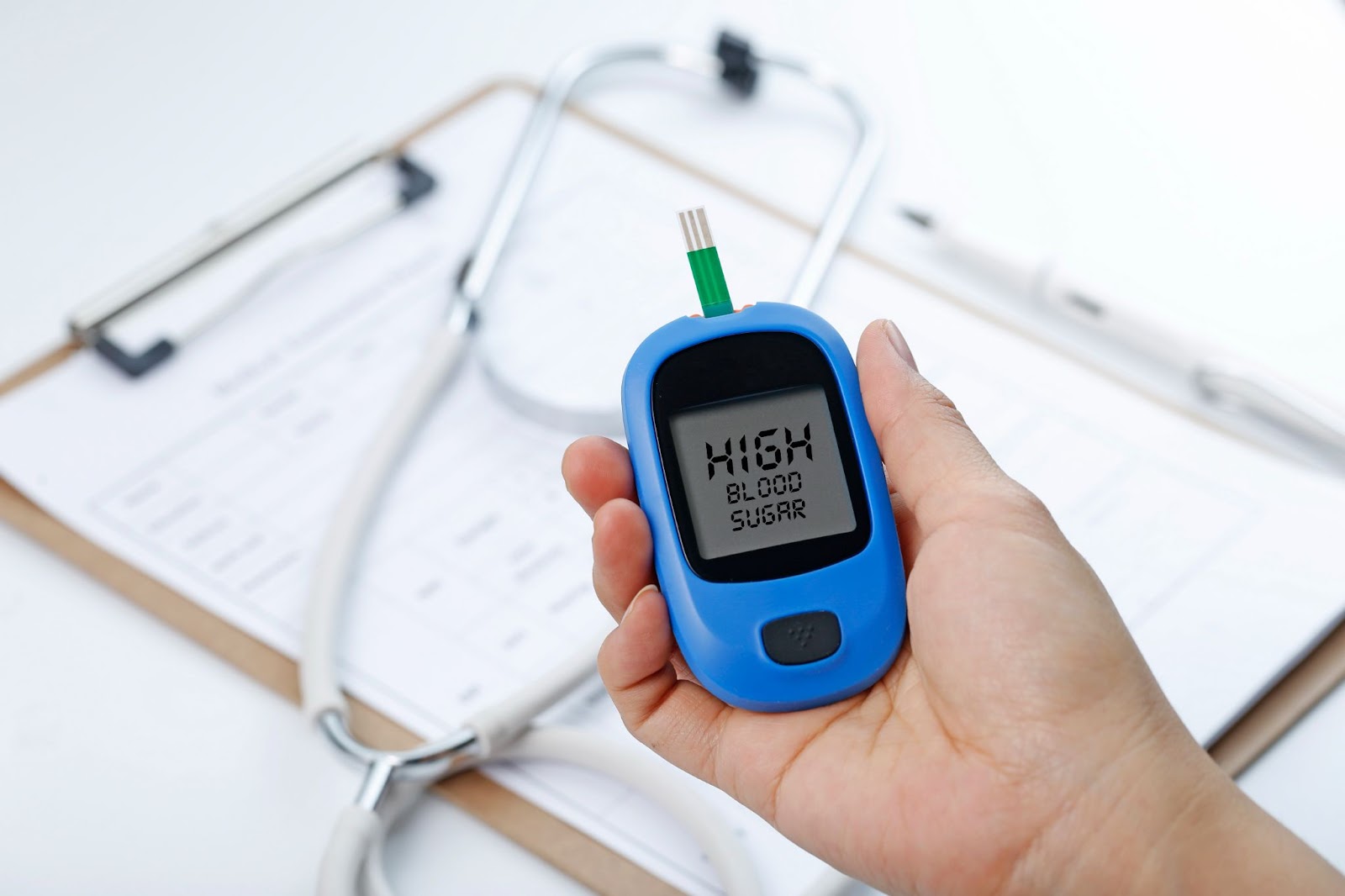What Is Prediabetes?
Pre-diabetes may be identified as an indicator of type 2 diabetes in most of the patients. When you have pre-diabetes, your blood glucose levels are higher than normal but less than if you already develop type 2 diabetes. Pre-diabetes is referred to as Impaired Glucose Tolerance or Impaired Fasting Glucose as are other names. You are more likely to be exposed to type 2 diabetes if diagnosed with pre-diabetes.
Even while pre-diabetes is not acute, having too much sugar in your blood can harm your organs, particularly your kidneys. As a result, you might have too much protein in your urine, which can strain your kidneys.
Risk Factors that Cause Prediabetes
When you prioritize better health practices, the signs of prediabetes may sometimes vanish. Nevertheless, should you revert to an unhealthy lifestyle, the likelihood of symptoms resurfacing increases.
Your chance of having pre-diabetes may increase if you have a family history of diabetes and abdominal obesity. In addition to these main risk factors, if you have below-mentioned health issues can increase your risk of contracting pre-diabetes.
- Cardiovascular disease

- Having gestational diabetes when pregnant
- High blood pressure
- High cholesterol levels
- Physical Inactivity
- Age (45 years or older)
- Certain Medications
- Race or Ethnicity (Are Native to Alaska, Hispanic or Latino, or African American. Asian Americans and persons from the Pacific Islands may also be at greater risk )
Signs Of Prediabetes
Typically There are no symptoms or signs of pre-diabetes. Despite the fact that it may be difficult to detect pre-diabetes, you can notice minor indicators.
Darkened skin on specific body areas may be a symptom of pre-diabetes. The groin, armpits, and neck can all be affected areas.
You do not necessarily have pre-diabetes if you experience one of the symptoms listed below. However, it is necessary to talk to your doctor or your healthcare professional if you come across any signs related to pre-diabetes.
- Blurry vision
- Cold fingers and toes
- Urinary tract infections, and frequent urination
- Excessive thirst
- An increase in irritation, anxiety, or nervousness
- Skin itch
- Thick and dark patches on your skin, particularly close to your elbows, neck, and underarms
- Sudden weight loss
- Unusual exhaustion
- Inability to quickly heal wounds
How Long Does It Take To Reverse Prediabetes?
Living a healthy life can stop developing pre-diabetes at early stages. According to research, if you manage your blood glucose while you have pre-diabetes, you can delay the formation of type 2 diabetes or perhaps stop it from ever arising. Treatment for pre-diabetes does not require medication. Exercise and a low-fat, nutritious diet are used to treat pre-diabetes by reducing high blood glucose levels. Pre-diabetes and type 2 diabetes can be avoided with the same healthy lifestyle adjustments.
If pre-diabetes is not treated, it could worsen, progress to type 2 diabetes, and cause more severe health issues.
When you are diagnosed with pre-diabetes, you should act to safeguard your health! Within ten years of receiving a pre-diabetes diagnosis, the majority of patients develop type 2 diabetes. This indicates that you should have enough time to stop it from getting worse.

On the other hand, pre-diabetes cannot be reversed in less than three years. Additionally, you need to alter your way of living. The following actions may help you to reverse pre-diabetes:
- Consume a healthy, balanced diet
- Have more water
- Lose 5 to 7 percent of your body weight
- Quit smoking
- Have a walk or workout for 30 minutes a day for five days a week

At Calgary Drug Mart, you can purchase all of your diabetes supplies conveniently. To discover more, talk to our pharmacists right away.

